Part 3: The prosperous Da Lay countryside today
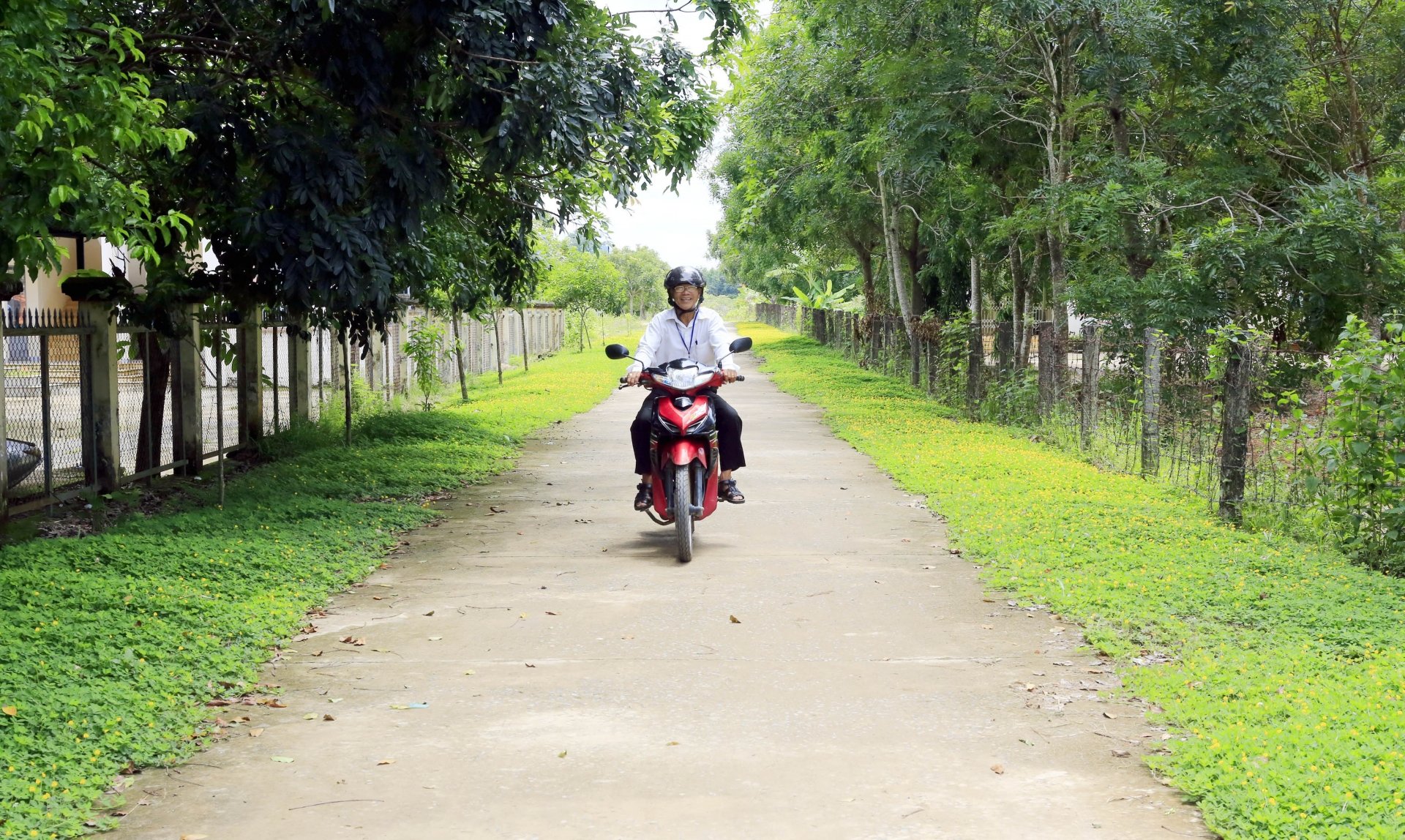 |
| On the road to Da Lay village |
A beautiful sunny day, clear sky and white clouds. Leaving the market, I walked through the roads leading to the alleys of Da Lay. The rustic atmosphere of Hue people far away makes visitors feel close and familiar, as if they want to sympathize and share the joy with the people of Hue who have settled firmly in this Central Highlands land after nearly half a century.
Wherever they go, Hue people choose good land and use their intelligence and hard work to create lush fruit gardens. Many entrances to houses are not closed with high walls but leave open space with rows of symmetrically trimmed tea trees. Pairs of apricot trees on both sides of the door have been nurtured for many years and have become ancient apricot trees. Even though Tet has been over for a long time, their bright yellow buds are still strong. The apricot color, taken from Hue, blends with the yellow color of chrysanthemums to create a space with noble color combinations. Somewhere in someone's garden, I see pomelo trees laden with fruit, whose owners must have brought seeds from the countryside.
In those garden houses, the familiar architectural features are still preserved, although they are rustic but still have the flavor of the imperial land. Also in those houses, the very typical family traditions of the Hue countryside are still preserved, even though there have been several generations of descendants born and raised in the vast land. The Hue people in the highlands that I often meet, although they have been away from home for a long time, can also be young people born in the new countryside but still retain the very typical demeanor and personality of the people of the Ancient Capital...
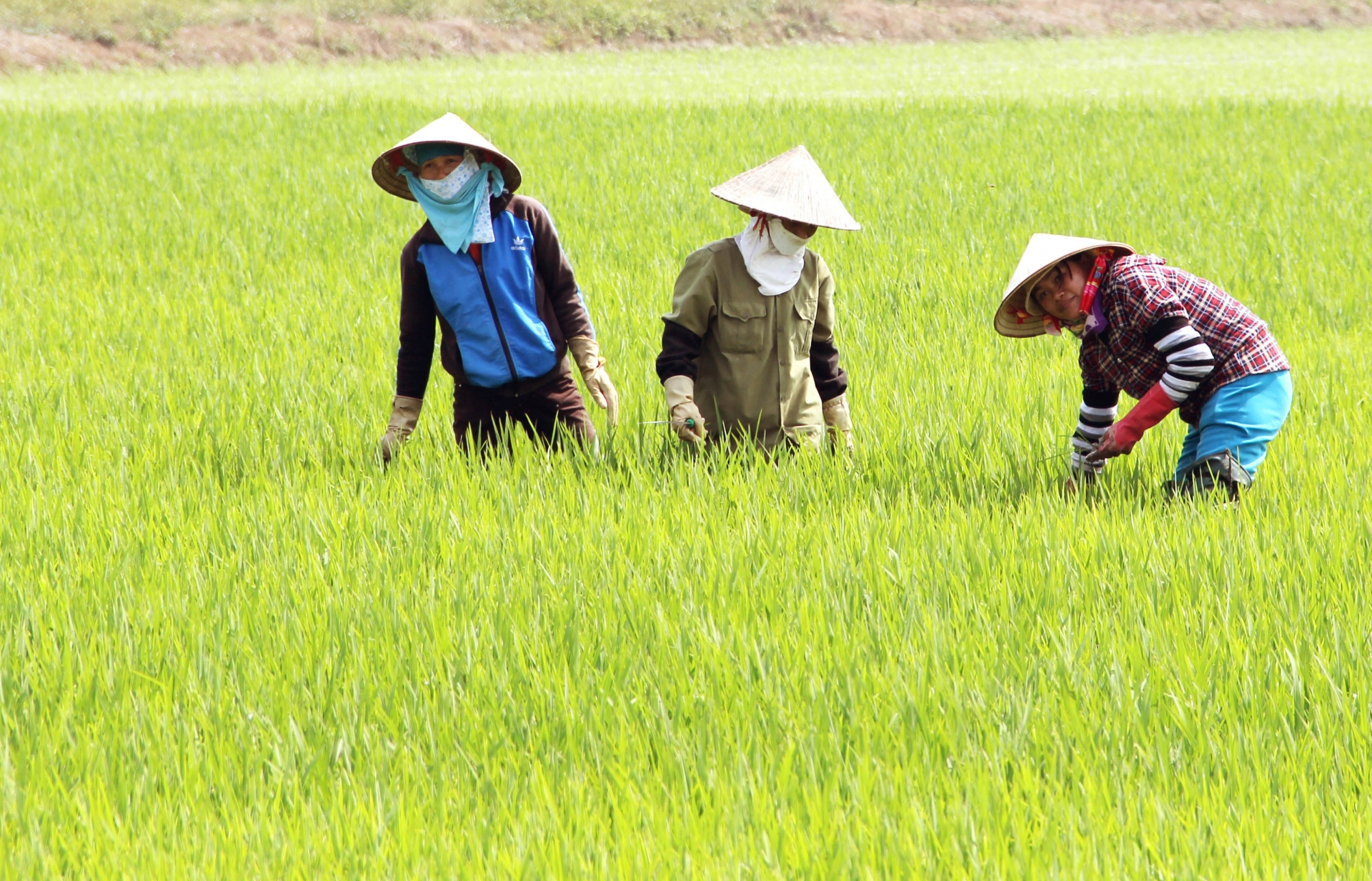 |
| Da Lay, rice region |
Every old man and woman in Da Lay that I met and chatted with over a cup of tea today talked about “back then”, their “back then” was also a story that I had the opportunity to tell in previous issues of the newspaper. It was the hunger, the suffering, the desolation, the boredom of the first day of receiving the residential and farming land that the youth volunteer force had just reclaimed, still smelling of new land, the ash of cogon grass and bamboo that had just been burned black and had not yet soaked into the soil. It was the deep nostalgia for the homeland, the myriad of worries, the desolation, not knowing where the future would lead.
“Back then, whenever I had free time, sitting in a makeshift thatched house looking out at the gloomy forest with the dark rain, my heart was filled with many thoughts. Many of us wanted to pack up and return home, thinking that it would be better to go back to Hue where our relatives and loved ones could eat vegetables and porridge!...” - Mr. Tran Van Khuyen confided.
This old farmer was then a man of good health, now in his eighties, and added: “Everything has passed, my dear! Gradually, month after month, the husband and wife, father and son, with the support and assistance of the government and the people, have built a small fortune in the new land. The children and grandchildren have grown up, are obedient, have food and savings, and are making progress in their studies. And now, the means of transportation are also convenient, so whenever my father and son, my grandfather and I have a chance to celebrate a death anniversary or get married in our hometown, we return home. We are extremely attached to our new hometown, but we also feel a deep nostalgia for our homeland that permeates our hearts and minds…”
Mr. Khuyen said so, and I also understand, no matter where the Hue people go, they still bring with them their customs, spiritual rituals, and the influence of the lifestyle from the time of the Lords ruling Dang Trong and the nearly two hundred years of Nguyen Dynasty reigning in Hue. Going far away, the Hue people preserve more traditional customs than many other immigrant groups. The Hue immigrant group has a strong spirit of family ties and love for their homeland, sometimes to the point of conservatism. In the lands I have been to, wherever there are Hue people living, there are clan temples, regular sacrifices, death anniversaries, and festivals following the long-standing customs of the people living along the Huong River...
* * *
Continuing the story with me, Mr. Nguyen Minh Tanh - Chairman of Da Lay Commune People's Committee shared the changes of the countryside after Ma Oi slope today. Each of his information contains gratitude to the previous generations, the troops who opened the road, reclaimed the land and the fellow countrymen who had a difficult time starting a business.
Mr. Tanh is a younger generation but remembers all the names of the youth volunteer predecessors; they are uncles and brothers Nguyen Thai Long (Head of the New Economic Zone Command), Trinh Hung Cuong (Deputy Head of the Command), Nguyen Cuu Suu (Head of the Planning Department), Ha Thuc Quyet (Head of the Logistics Department), Nguyen Van Tuan (in charge of agriculture), Le Anh Tuong (in charge of finance), Nguyen Duy Hien (in charge of culture and information)...
In the shared story, Mr. Tanh and Mr. Du sometimes felt worried and could hardly hold back their sighs when talking about the past, some still alive and some dead.
 |
| A new generation in the old new economic land |
Mr. Nguyen Minh Tanh provided information that from the first wave of migration in 1978, after nearly a year of stabilizing the population, the Da Lay commune government was officially established on March 14, 1979 according to Decision No. 116/QD-CP on the establishment of Da Huoai district; from then on, the new economic zone of Huong Lam became Da Lay commune. On June 6, 1986, Da Huoai district was divided into 3 districts: Da Huoai, Da Teh, Cat Tien; Da Lay commune was divided into 2 communes: Da Lay and Huong Lam.
From 1988 to 1993, a group of people from Thanh Liem district ( Ha Nam province) and Nam Xuan commune (Nam Dan district, Nghe An province) and later a group of ethnic people from the North continued to settle in the commune. By the end of 2019, implementing Resolution No. 833/NQ-UBTVQH, dated December 17, 2019 of the National Assembly Standing Committee on the arrangement of commune-level administrative units in Lam Dong province, Huong Lam commune was merged into Da Lay commune and kept the common name of Da Lay commune. Now Da Lay belongs to Da Huoai district...
Mr. Tanh cited detailed data on economic development: After 47 years, Da Lay commune now has a total natural land area of 5,200 hectares with 9 villages, a total population of 6,196 people with 1,541 households. The commune's economy develops in a multi-sectoral direction. Agriculture is the core, in recent years Da Lay commune has promoted the transformation of crop structure, applied scientific advances in production, increased productivity and product quality to create competitiveness in the market.
The commune is currently a key fruit growing area, with an area of 549 hectares including key crops such as durian, tangerine, grapefruit along with rubber trees, mulberry, bamboo, sugarcane... Livestock is also a strength, from small-scale, free-range farming, Da Lay people have switched to a large-scale, concentrated farm model; the commune's herd of buffalo and cows currently has 1,268 heads, and the commune has 4 pig farms with a total herd of over 7,200 heads.
Along with the total annual average cultivated area of 3,213 hectares, the economic forest area is up to 1,584 hectares. The average income per capita is 55 million VND; the value of harvested products per hectare of cultivation is about 95 million VND. The whole commune currently has over 200 households engaged in production, business, trade and services with industries such as gasoline, fertilizer, motorbike repair, welding, turning, purchasing agricultural products, services serving life along with many restaurants with the cultural identity of Hue cuisine such as hen rice, banh loc, spring rolls, beef noodles have created an attraction for visitors from far away. Currently, the commune has products with recognized brands such as green-skin pomelos, salted roasted cashew nuts, especially traditional spring rolls and banh loc...
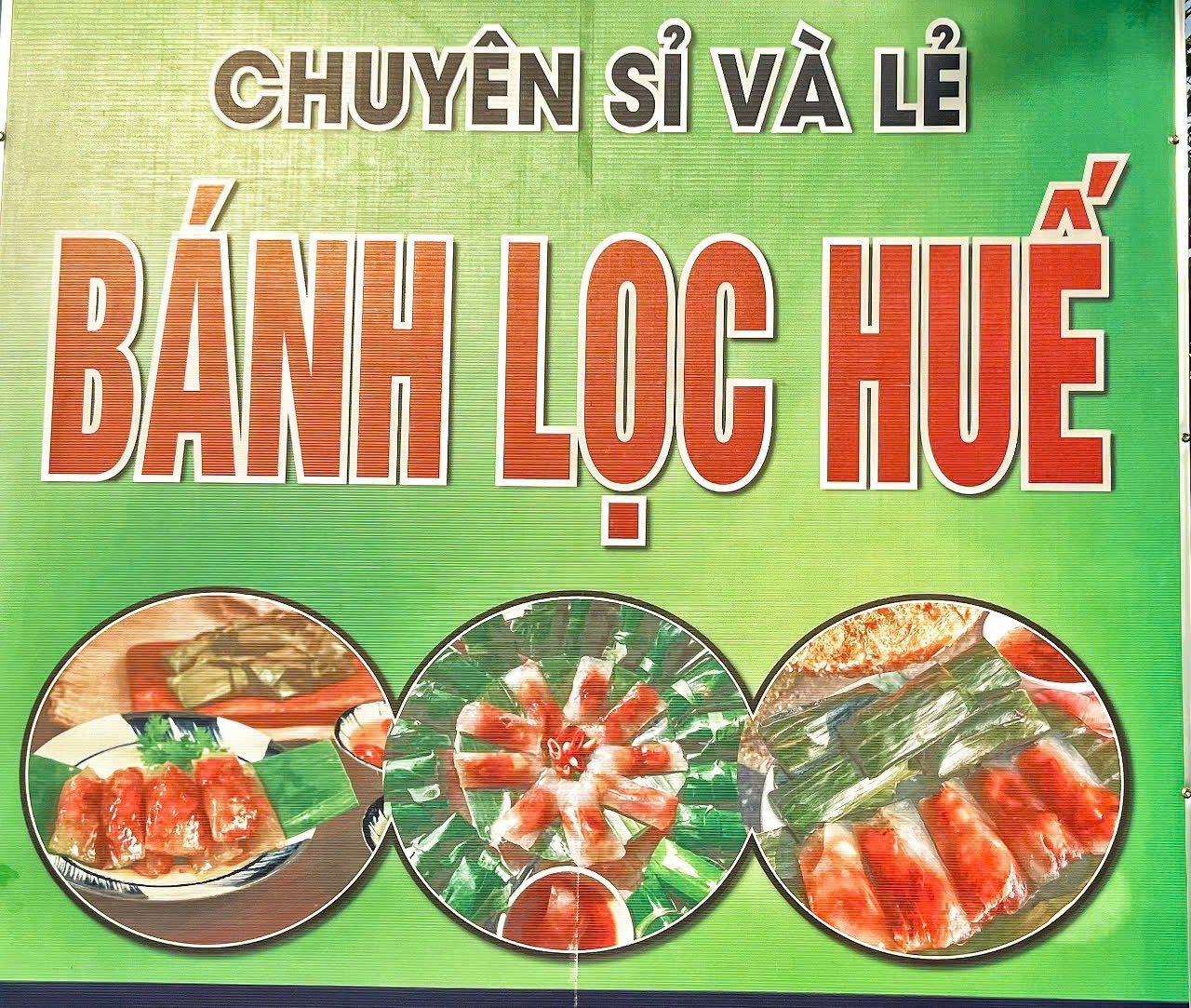 |
| A signboard introducing Hue's Banh Loc in Da Lay commune |
Da Lay Banh Loc initially participated in the OCOP Program and received 3-star quality. Ms. Nguyen Thi Loi - Chairwoman of the Commune Women's Union, who participated in establishing the Cooperative Group, and other members will gradually complete the documents to upgrade Banh Loc to a 4-star OCOP product, approaching the form of buying and selling on the electronic trading floor. The Cooperative Group has about 20 families of Hue origin making Banh Loc. This rustic cake requires the skillful hands of the mothers, sisters, and children; it is a profession that helps improve the lives of families, helping disadvantaged women and children in the locality to have more income.
Da Lay loc cake is famous everywhere thanks to the source of ingredients to make the cake. The commune's cassava area currently has more than 10 hectares. Cassava along the Dong Nai River is a suitable crop for alluvial flats, enjoying nutrients from the upstream alluvium, creating high-quality starch for making cakes. After harvesting, the cassava tubers are ground, filtered through many waters to achieve the amount of starch to achieve the fatty, white, and clear quality. Banana leaves used to wrap loc cakes in this area are wild banana leaves, while home-grown banana leaves are used to tie strings, thus creating the delicious sweetness and aesthetics of the cake.
The process of making the cake filling is also carefully passed down by the grandmothers in the process of selecting shrimp and meat; marinating spices; and adjusting the heat to make the filling fragrant and stimulate the taste buds. The cake is rustic but goes through many stages so it is difficult for anyone to resist the craving thanks to the hands of the bakers who are meticulous, careful and slow, very Hue.
Ms. Hong Tam, owner of Thu Ky bakery, said: “In the past, people in my hometown had to carry heavy loads and travel to every market to sell, but now there is a production facility that has been meticulously promoted on social networks, so customers come to stop at home to buy. In addition to serving local needs, currently, Hue people’s banh loc in Da Lay has crossed the mountains and gone to markets such as Ho Chi Minh City, Hanoi, Dong Nai, Binh Duong, Binh Phuoc, Binh Thuan, Khanh Hoa… there are even some orders sent abroad…”.
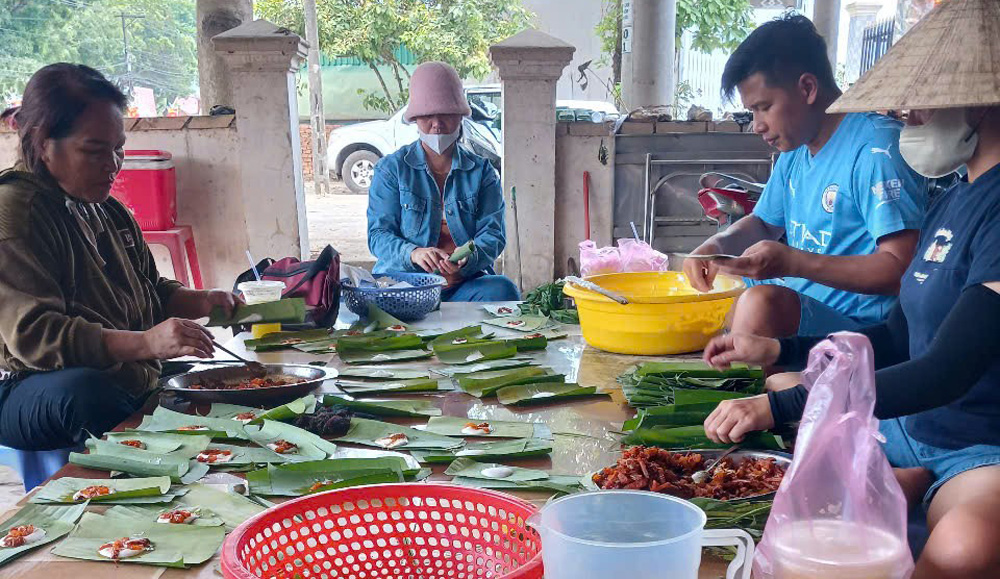 |
| Production of Hue rice cakes at Thu Ky facility (Da Lay commune, Da Huoai district) |
* * *
Then it was time to leave Da Lay, the new homeland of the children of Hue. Passing the top of Ma Oi slope, I stopped the car and opened the window to look back. Somewhere in the forests, the lush fruit gardens or the endless green rice fields, the voices and laughter of girls were "very Hue" bustling in the afternoon sun that still lingered.
Nearly half a century of bringing Hue far away, the children of the ancient capital in the new countryside have created a miracle. I consider it a true miracle because I have come here and understood the story of their settlement journey. That miracle is not great but is very simple and modest, with love for the two homelands, they have shed sweat and tears to create a prosperous, wealthy and affectionate population in the middle of the vast land that was once a resistance base, once a sacred forest and poisonous water.
From the top of Ma Oi slope, I recall the distant days when the Hue City youth volunteer army set out from the Thai Hoa Palace yard to “go south” to open up new lands amid countless dangers and hardships. I also imagine the Hue people, leaving their beloved homeland, carrying each other on a long journey. On that trip across mountains and rivers, they had to “carry the whole commune and village”, carrying thousands of memories, countless obstacles and countless worries on the journey to find a new life thousands of miles away from home…
Source: https://baolamdong.vn/van-hoa-nghe-thuat/202505/co-mot-mien-que-hue-tren-dat-lam-dong-ky-3-vung-que-da-lay-tru-phu-hom-nay-6a4631f/



![[Photo] General Secretary To Lam receives First Deputy Secretary General of the African National Congress (ANC) of South Africa](https://vphoto.vietnam.vn/thumb/1200x675/vietnam/resource/IMAGE/2025/5/20/bb2999907e1245d5b4c7310a890d8201)

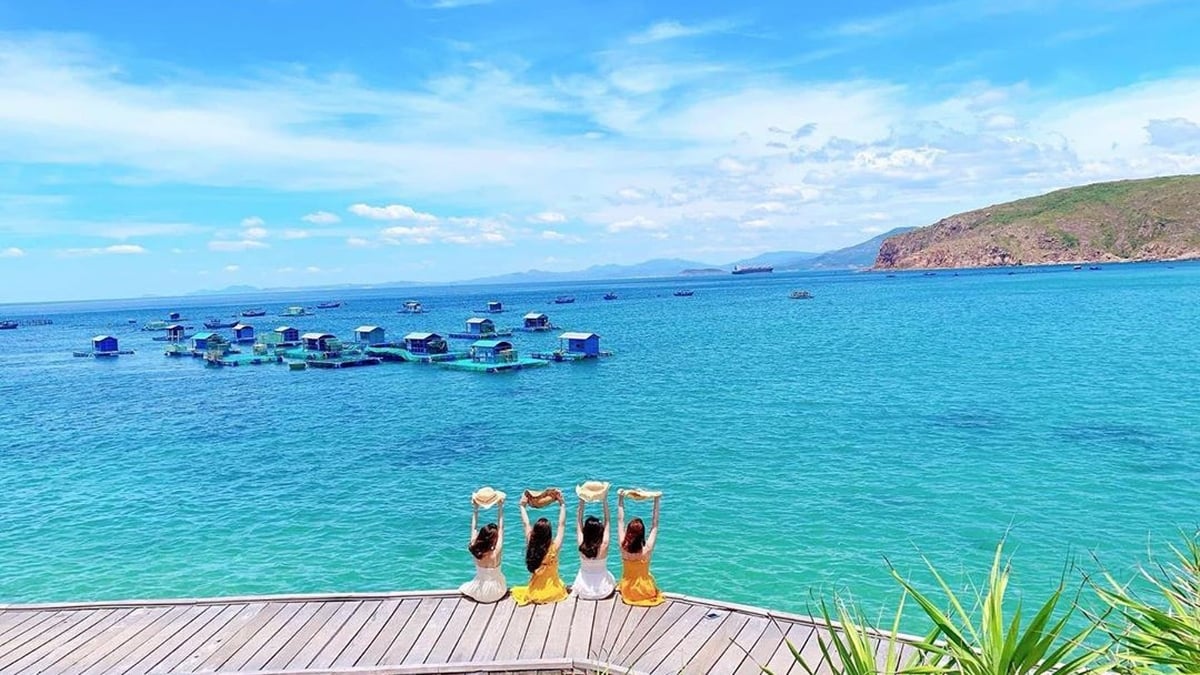

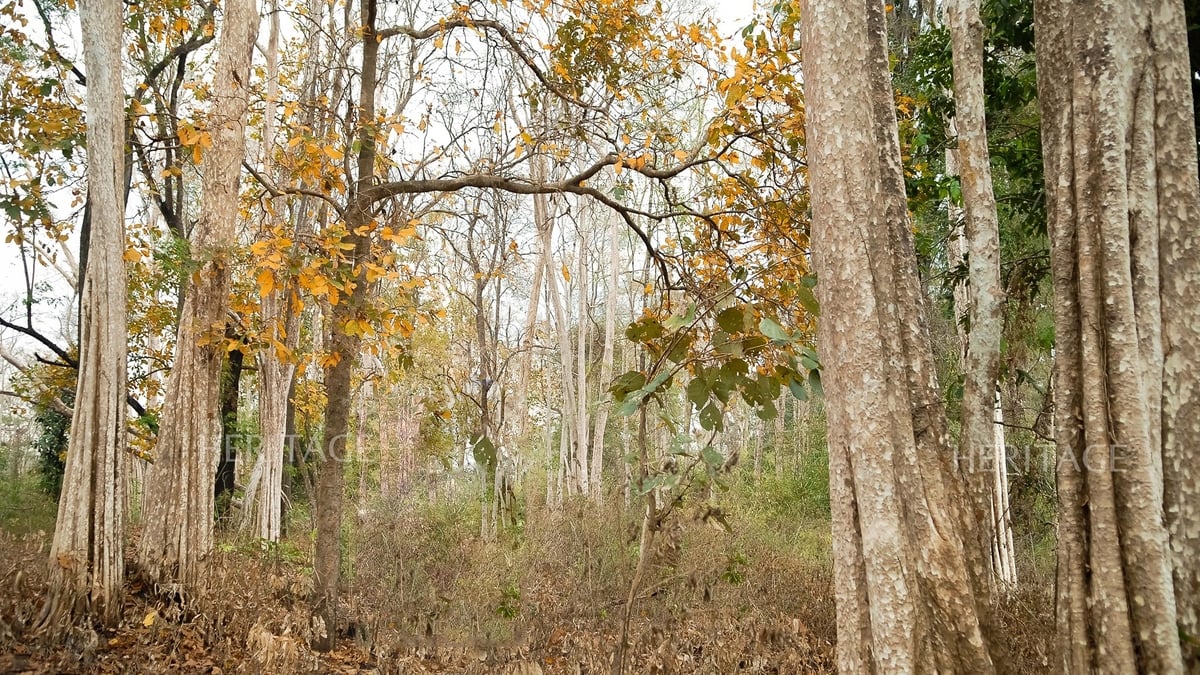
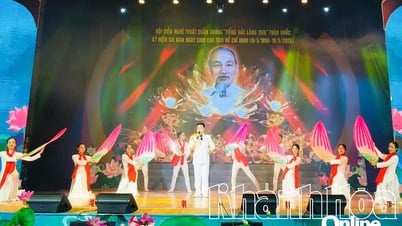

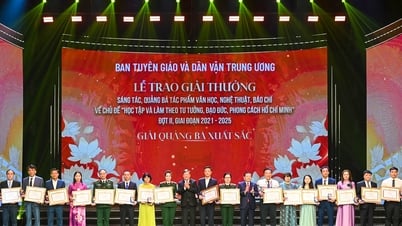
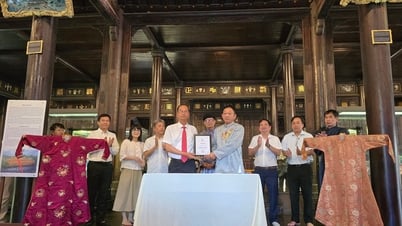

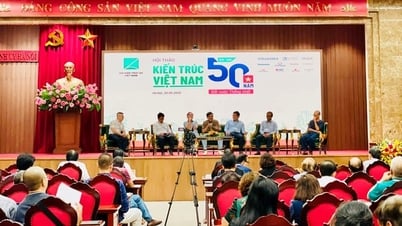

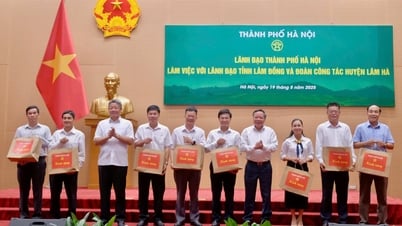
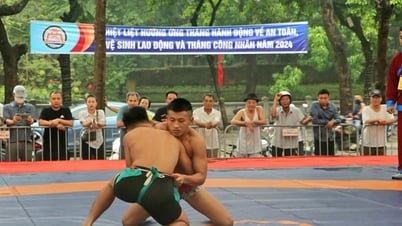





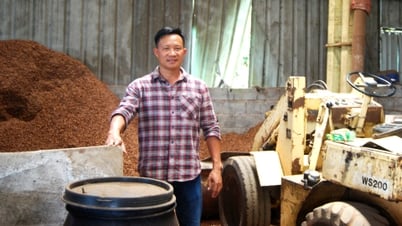
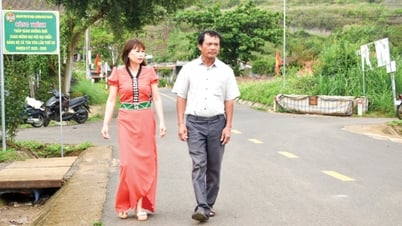

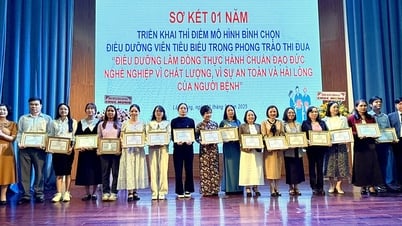
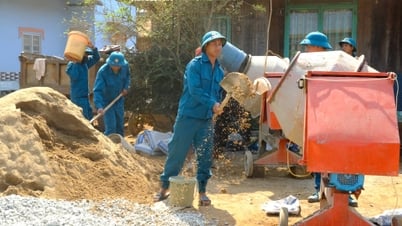
![[Photo] Award ceremony for works on studying and following President Ho Chi Minh](https://vphoto.vietnam.vn/thumb/1200x675/vietnam/resource/IMAGE/2025/5/20/a08ce9374fa544c292cca22d4424e6c0)
![[Photo] Vietnamese shipbuilding with the aspiration to reach out to the ocean](https://vphoto.vietnam.vn/thumb/1200x675/vietnam/resource/IMAGE/2025/5/20/24ecf0ba837b4c2a8b73853b45e40aa7)





























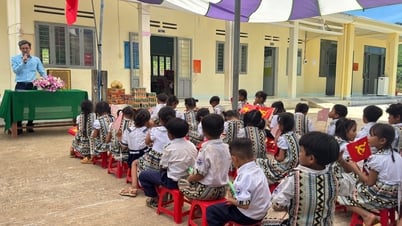





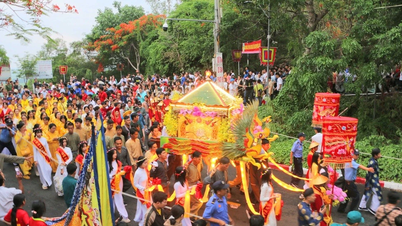



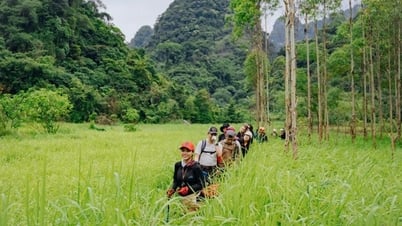
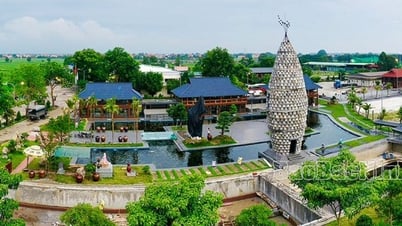
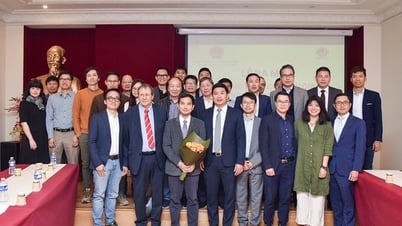

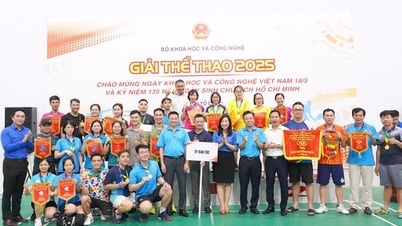


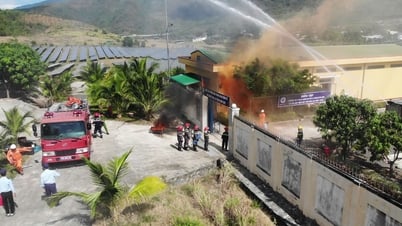




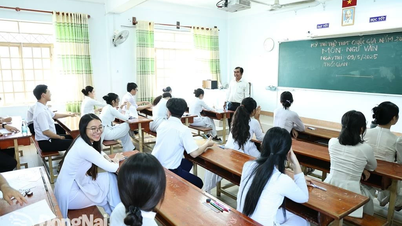











Comment (0)